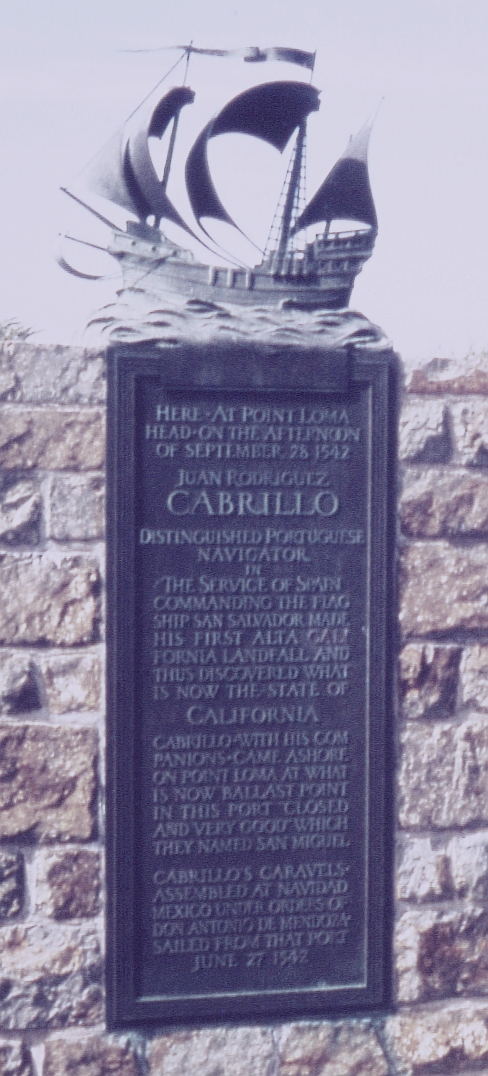California State History
The area of California has been the home of many Native American tribes for thousands of years. The tribes include the Mohave, Yuma, Pomo, and others.
Related: California State Facts
They spoke different languages and had different cultures than the tribes found east of the Rocky Mountains.

Arrival of Europeans
In 1542, a Portuguese Captain of a Spanish ship arrived whose name was Juan Rodriguez Cabrillo.
Thirty-six years later, Sir Francis Drake, an English explorer, landed near where San Francisco is today and claimed the land for Britain.

A European settlement, British or otherwise, wasn’t established for the next 200 years when Spanish missions were built to convert the heathens to Catholicism.

Forts and small towns were also established. One mission became the city of San Diego and another became Los Angeles.

Mexican California
Before 1821, Mexico was a Spanish colony. In 1821, Spain granted Mexico independence and California became a province of Mexico.
During the time that Mexico owned California, Mexican people settled in the area and built huge cattle ranches and farms.
California Becomes a State

During the mid-1840s, many settlers arrived in California from east of the Rocky Mountains including the Atlantic states.
Gold was discovered in California and settlers began arriving in droves via the Oregon Trail and the California Trail.
These settlers began to rebel against Mexican rule. In 1846, the Mexican-United States broke out.
The war ended in 1848 and California became a U. S. territory.
In 1850, California became the 31st state of the United States and four years later, Sacramento was named the capital.

California Gold Rush
The year 1848 saw the largest gold rush in history. Besides settlers from the east, the discovery of gold enticed tens of thousands of people to travel to California in search of striking it rich.
By 1855, more than 300,000 people moved to California.

After the Gold Rush
People continued to leave the eastern United States and travel to California even after the Gold Rush was over.
The building of the First Transcontinental Railroad in 1869, which connected the east to San Francisco, made migrating to California easy.

People moved their families, found land, and started farming. This was the beginning of fruit farming and raising grapes for wine.
Today, California is a leading supplier of wine to the North American continent and beyond.

Important Events
Yosemite National Park was established in 1890 after John Muir, an environmentalist, convinced U.S. President Harrison to urge Congress to pass an act to protect the giant sequoia trees and the natural wonders of the area.
Generations of hikers and campers have since continued to enjoy visiting the area.

In 1906, a massive earthquake destroys much of the city of San Francisco.
In 1937, the Golden Gate Bridge opened connecting San Francisco to Marin County to the north.
Disneyland was built in Anaheim in 1955 and welcomes tourists to the largest, most extravagant place for children and adults alike.

Quiz Time!

QUESTIONS
Name three Native American tribes that had lived in the area of California for thousands of years.
Name two explorers who landed on the coast of California in the mid and late 1540s.
What group came to California in the late 1700s and what did they do?
What occurred to change the ownership of California from Mexico to the United States?
What was special about the time of the California Gold Rush of 1848 and the years after?

ANSWERS
Three Native American tribes that lived in the area of California for thousands of years were the Mohave, Yuma, and Pomo tribes.
Two explorers who landed on the coast of California in the 1540s were Juan Rodriguez Cabrillo and Sir Francis Drake.
In the late 1700s, missionaries from Spain established Catholic missions to convert the natives to Catholicism.

The defeat of Mexico in the Mexican-United States war made Mexico give ownership of California to the United States.
The California Gold Rush was the largest gold rush in history and the years after saw tens of thousands of settlers arrive in the area.


